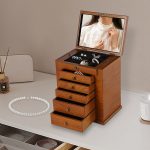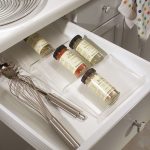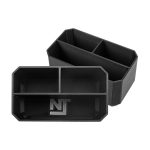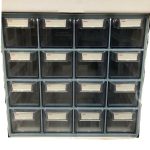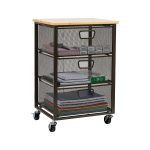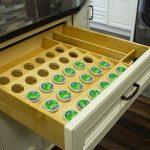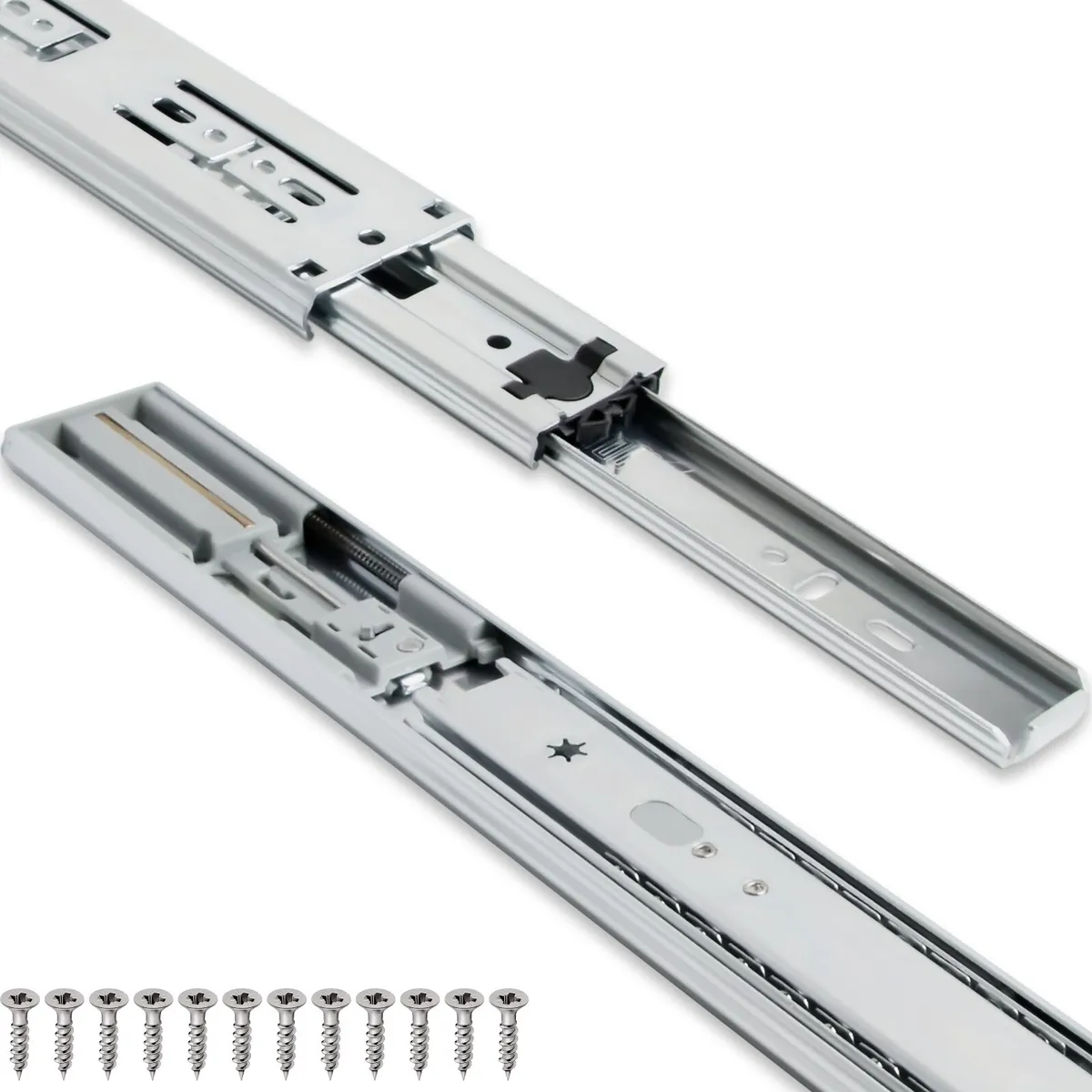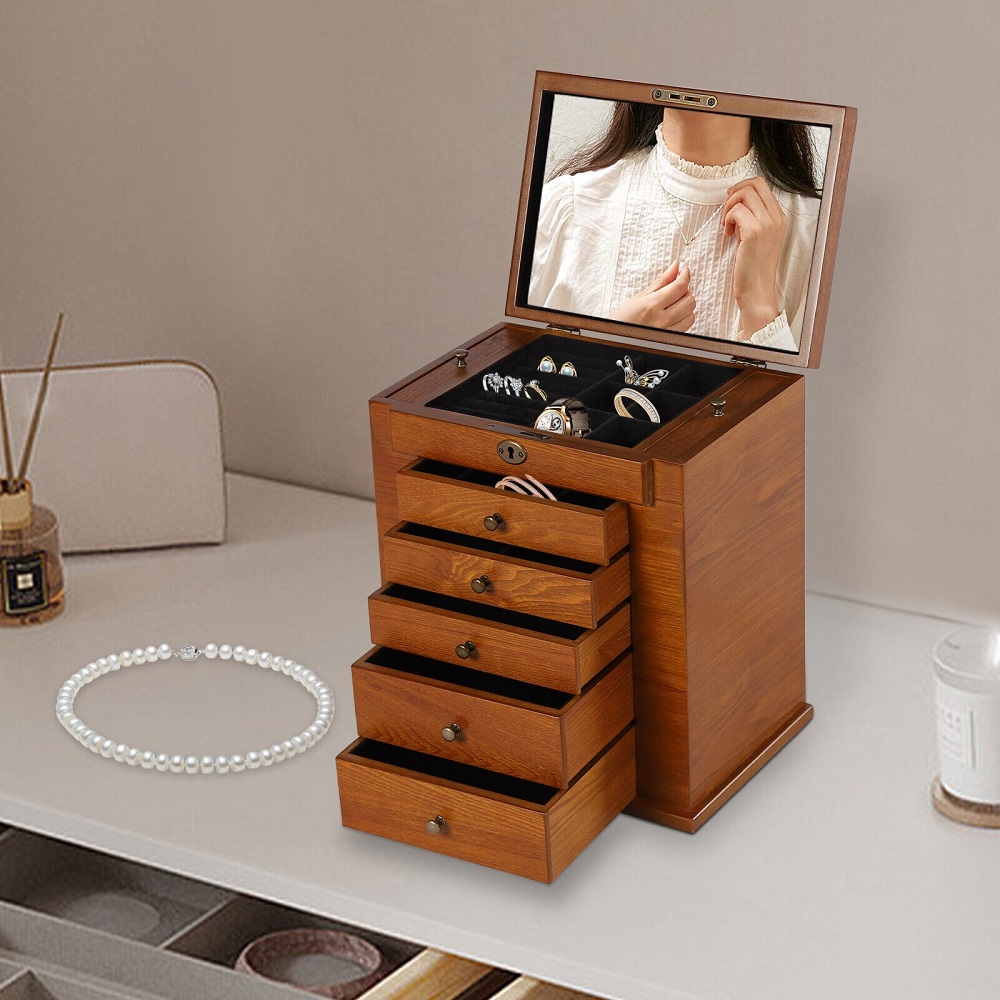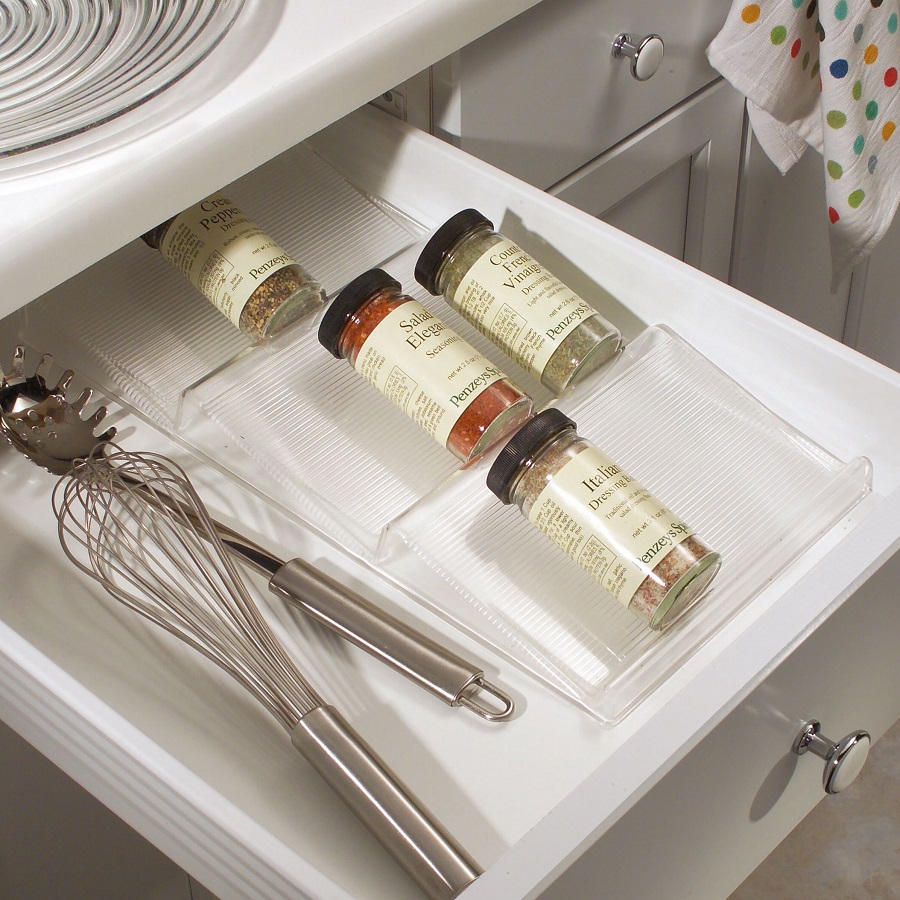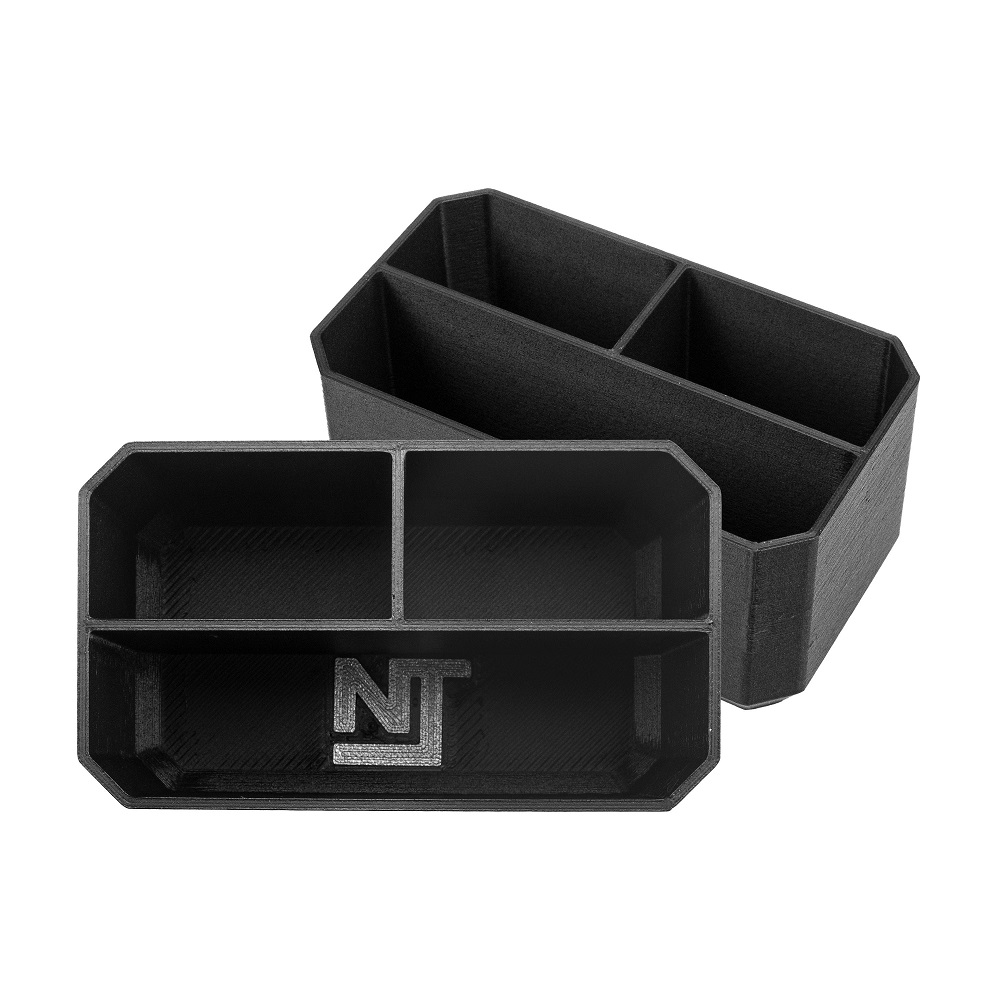Introduction: The Importance of Proper Drawer Slide Installation
Drawer slides are essential components of cabinetry, providing smooth and effortless movement for drawers in various furniture pieces, from kitchen cabinets to office desks. Proper installation of drawer slides is crucial to ensure functionality, durability, and overall satisfaction with the finished product. In this comprehensive guide, we will walk through the step-by-step process of installing drawer slides, from preparation to final adjustments, to achieve smooth sliding drawers in your furniture projects.
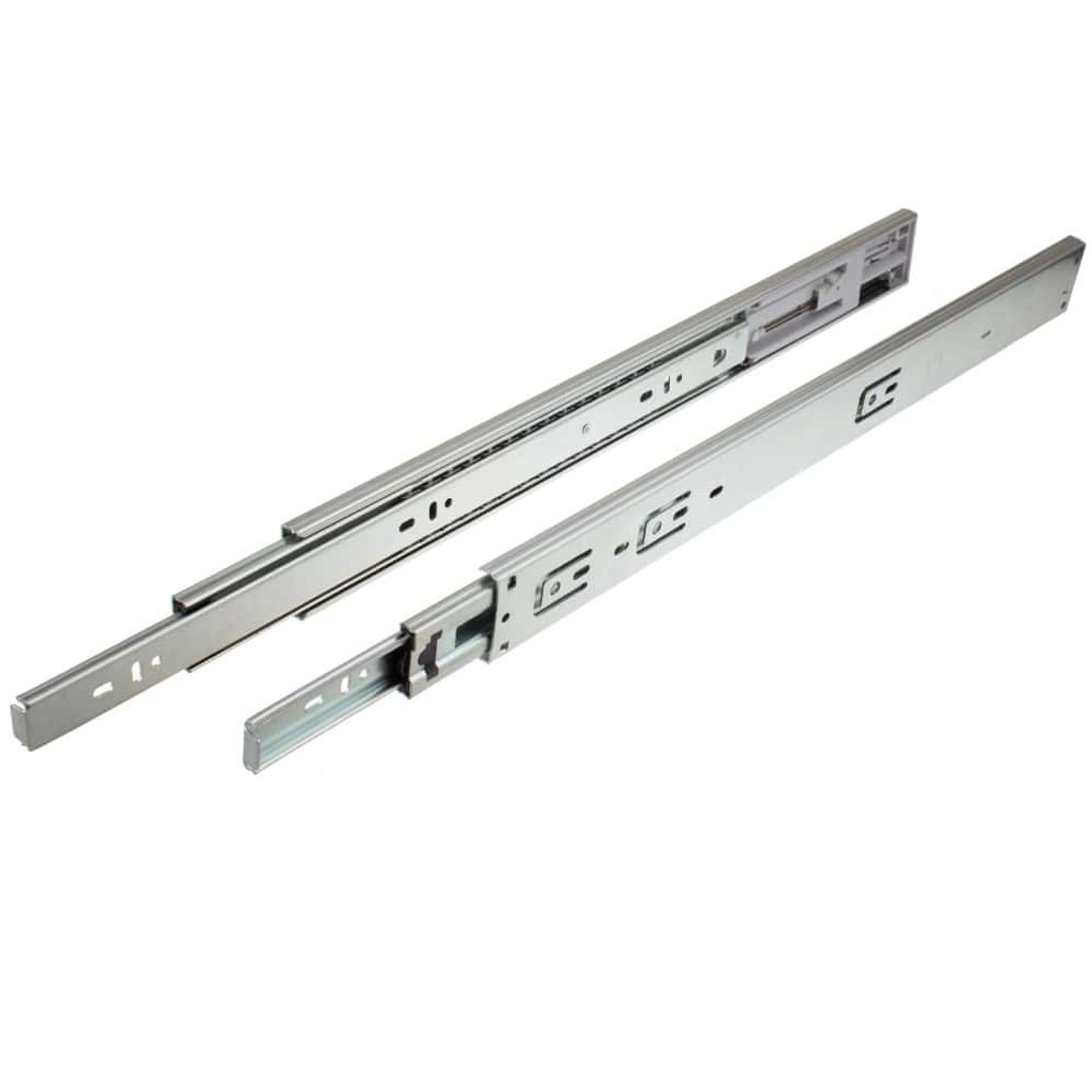
Gathering Tools and Materials
Before starting the installation process, gather all the necessary tools and materials to ensure a smooth and efficient workflow. You will typically need a cordless drill/driver, screws, a tape measure, a pencil, a level, a square, a hammer, and, of course, the drawer slides themselves. Make sure to choose high-quality drawer slides suitable for your specific project and weight requirements.
Measuring and Marking
The first step in installing drawer slides is to accurately measure and mark the location for mounting the slides inside the cabinet or furniture piece. Use a tape measure and a pencil to mark the placement of the slides on both the sides of the cabinet and the drawer box. Take precise measurements to ensure that the slides are aligned properly and will function smoothly once installed.
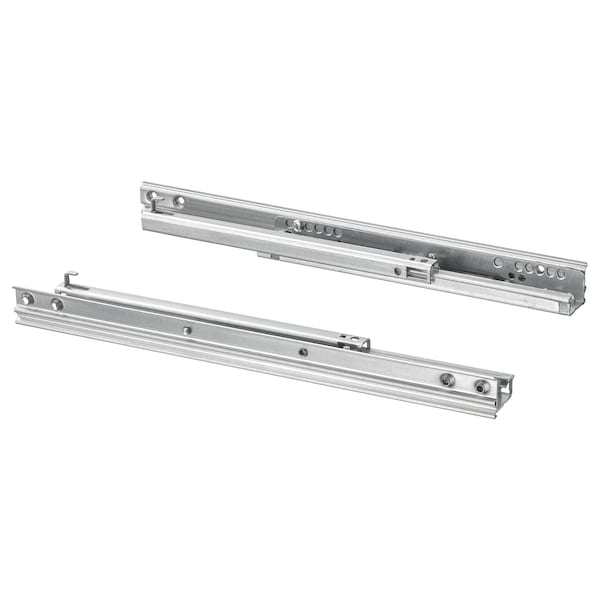
Installing Cabinet Slides
Begin by installing the cabinet slides, which will be mounted inside the cabinet or furniture frame. Position the slides according to the markings made earlier, ensuring they are level and parallel to each other. Use a drill/driver to secure the slides to the cabinet frame using appropriate screws. Double-check the alignment and make any necessary adjustments before moving on to the next step.
Attaching Drawer Slides
Next, it’s time to attach the drawer slides to the drawer box itself. Place the drawer slides on the sides of the drawer box, aligning them with the corresponding slides installed inside the cabinet. Use a square to ensure that the slides are perpendicular to the drawer box, then secure them in place using screws and a drill/driver. Be sure to follow the manufacturer’s instructions for the proper placement and spacing of the slides.
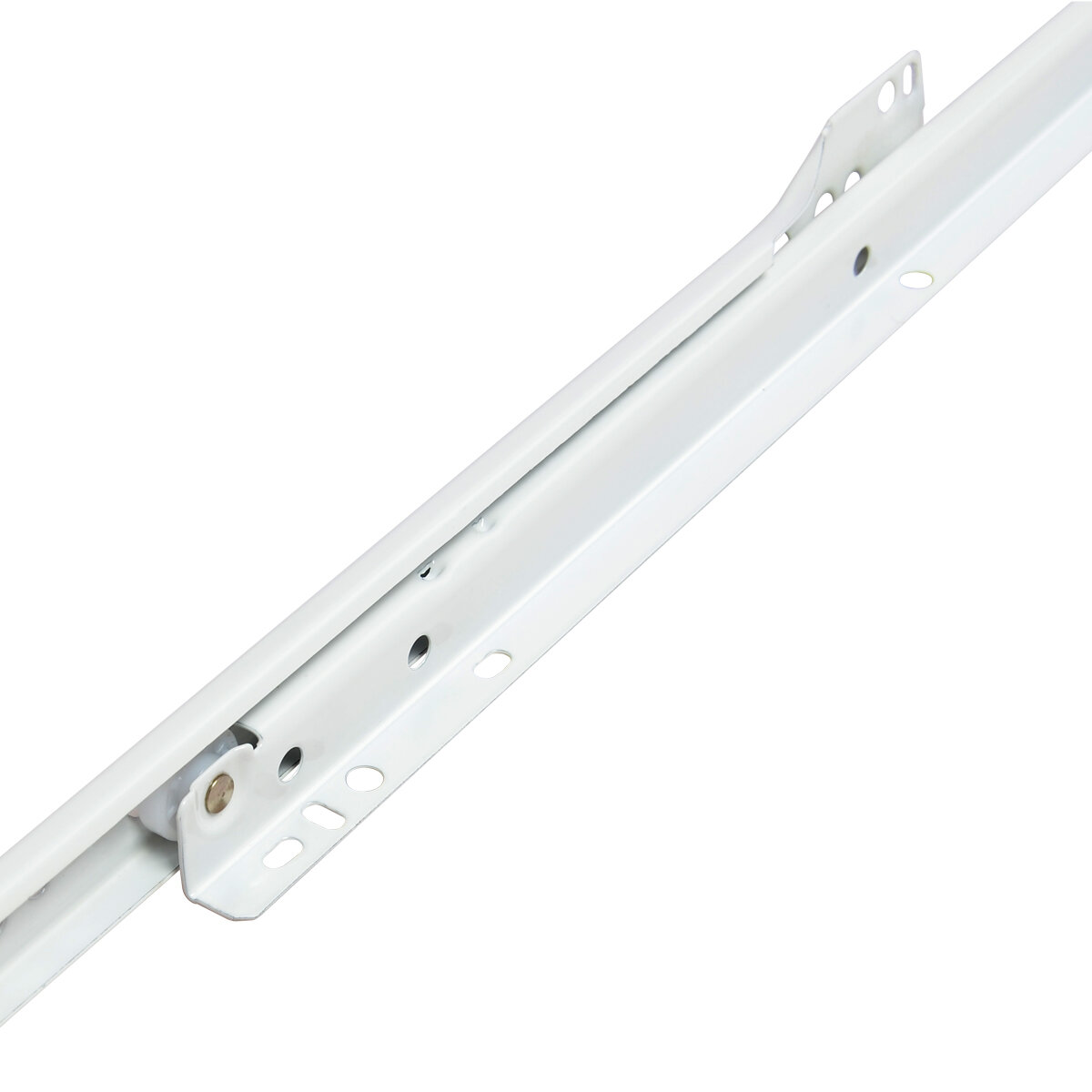
Testing for Smooth Operation
Once the drawer slides are securely installed on both the cabinet and the drawer box, it’s essential to test for smooth operation before proceeding further. Carefully slide the drawer into the cabinet, checking for any resistance or binding. The drawer should glide smoothly and evenly without sticking or wobbling. If necessary, make adjustments to the slides or mounting hardware to achieve optimal performance.
Final Adjustments and Alignment
After testing the drawer slides for smooth operation, make any final adjustments and alignment tweaks as needed. Use a level to ensure that the drawer box is sitting evenly within the cabinet opening and adjust the slides accordingly. Check for proper clearance and alignment on all sides of the drawer box, making minor adjustments as necessary to achieve a perfect fit and smooth sliding motion.
Securing and Finishing Touches
Once satisfied with the alignment and operation of the drawer slides, secure them firmly in place using additional screws or mounting hardware as needed. Double-check all connections and ensure that the slides are securely fastened to both the cabinet and the drawer box. Finally, add any finishing touches, such as drawer fronts or handles, to complete the installation and enhance the aesthetic appeal of the finished furniture piece.
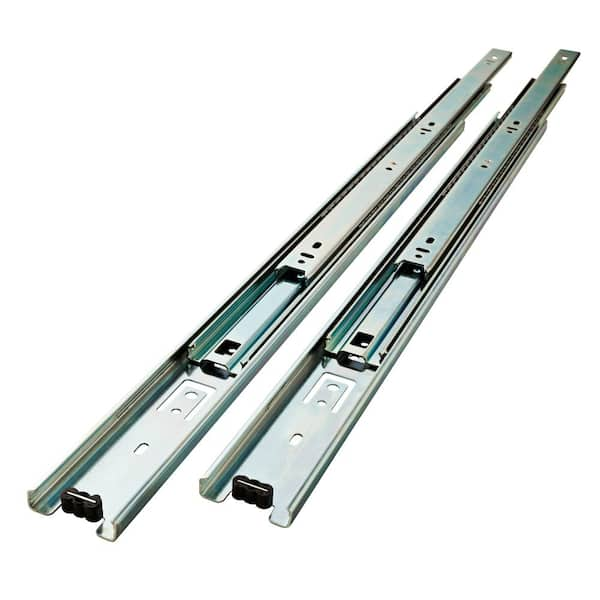
Maintenance and Care
After installing drawer slides, it’s important to perform regular maintenance to keep them operating smoothly over time. Periodically inspect the slides for any signs of wear or damage, such as bent or loose components. Clean the slides and tracks to remove dust, dirt, and debris that may impede smooth operation. Lubricate the slides with a silicone-based lubricant to reduce friction and prolong their lifespan. By staying proactive with maintenance, you can ensure that your drawer slides continue to function optimally for years to come.
Choosing the Right Drawer Slides
When selecting drawer slides for your project, consider factors such as weight capacity, extension type, and mounting style to ensure compatibility and functionality. Heavy-duty slides are ideal for larger drawers or those holding heavier items, while full-extension slides provide easy access to the entire drawer contents. Choose between side-mount, under-mount, or center-mount slides depending on your specific needs and preferences. By investing in high-quality drawer slides suited to your project requirements, you can achieve optimal performance and durability in your furniture pieces.
Customization Options
Drawer slides come in a variety of sizes, styles, and configurations to accommodate different furniture designs and applications. Explore customization options such as soft-close mechanisms, push-to-open features, and locking mechanisms to enhance the functionality and convenience of your drawers. Consider the overall aesthetic of your furniture piece and select drawer slides that complement its design style and functionality requirements. With a wide range of customization options available, you can tailor your drawer slides to suit your specific preferences and project goals.
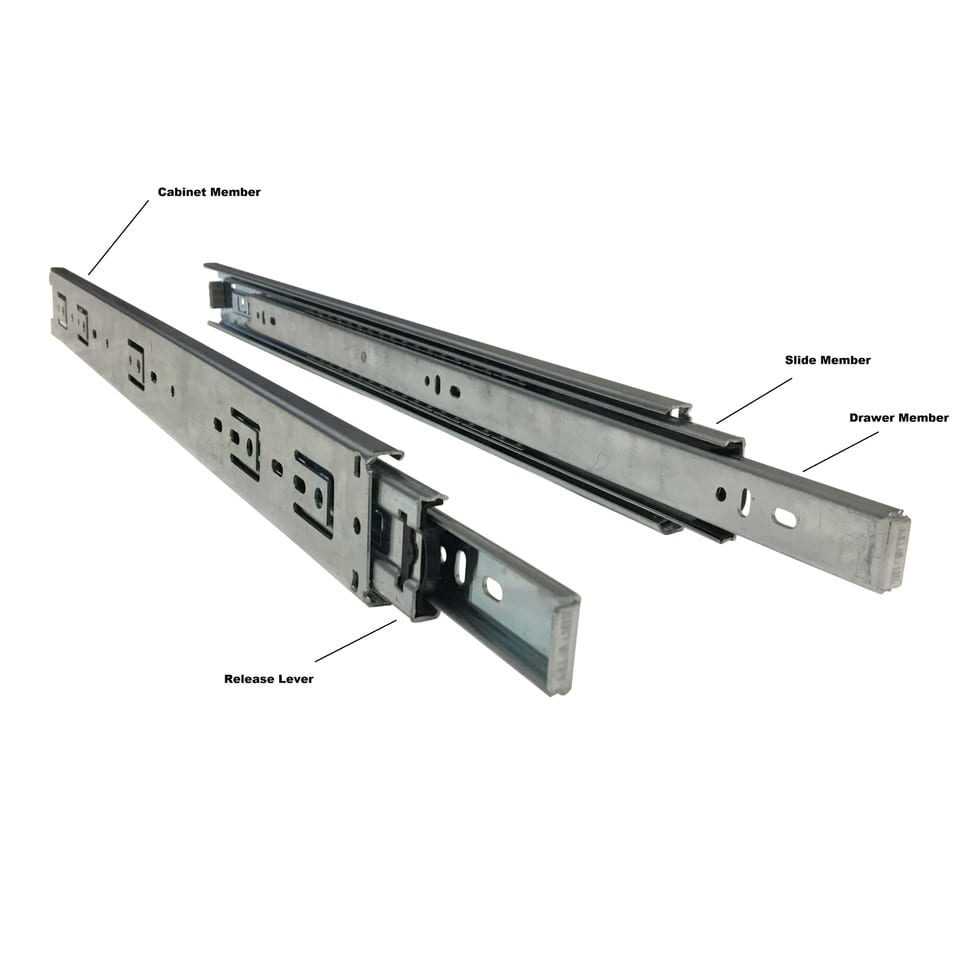
Professional Installation Services
While DIY installation of drawer slides is feasible for many projects, complex or large-scale installations may benefit from professional expertise. Consider hiring a qualified carpenter or furniture installer to ensure proper alignment, precision drilling, and secure attachment of the drawer slides. Professional installation can help avoid common pitfalls and ensure that your drawer slides function flawlessly from the outset. Additionally, consulting with a professional can provide valuable insights and recommendations for selecting the right drawer slides and optimizing their performance in your furniture pieces.
Safety Considerations
When installing drawer slides, prioritize safety to prevent accidents or injuries during the process. Use appropriate safety gear, such as safety glasses and gloves, when handling tools and materials. Work in a well-lit and well-ventilated area to maintain visibility and comfort throughout the installation. Take precautions to secure heavy or unstable furniture pieces to prevent tipping or instability while working. By following safety protocols and exercising caution, you can complete the installation process safely and efficiently, ensuring a successful outcome for your furniture project.
Conclusion: Enjoying Smooth Sliding Drawers
In conclusion, proper installation of drawer slides is essential for achieving smooth and effortless sliding drawers in your furniture projects. By following the step-by-step guide outlined above and paying careful attention to measurements, alignment, and adjustments, you can ensure that your drawer slides function flawlessly and provide years of reliable service. With smooth sliding drawers, you can enjoy enhanced functionality and organization in your cabinets, desks, and other furniture pieces, making them a pleasure to use in your daily life.
